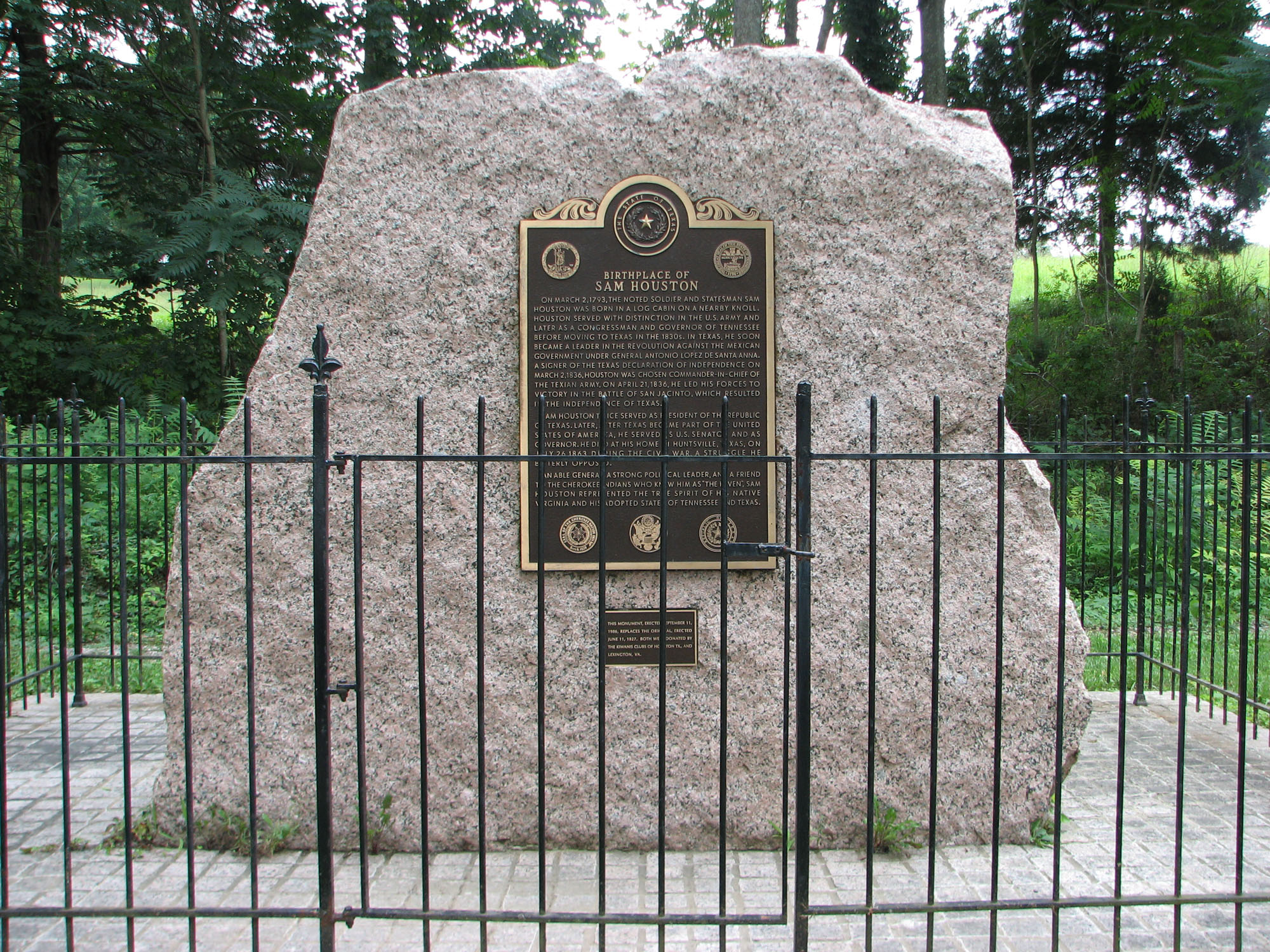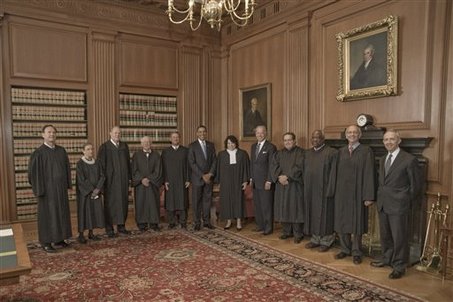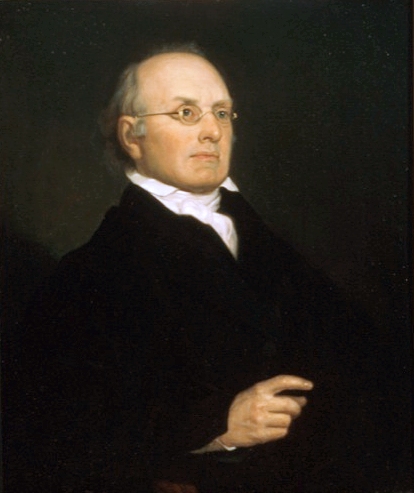|
Texas Secession Movements
Texas secession movements, also known as the Texas Independence movement or Texit, refers to both the secession of Texas during the American Civil War as well as activities of modern organizations supporting such efforts to secede from the United States and become an independent sovereign state. The U.S. Constitution does not specifically address the secession of states, and the issue was a topic of debate after the American Revolutionary War until the Civil War, when the Supreme Court ruled in ''Texas v. White'' that states strictly cannot unilaterally secede except through revolution or the expressed consent of the other states. Texas was formerly called the Republic of Texas, a sovereign state for nine years prior to the Texas annexation by the United States. Accordingly, its sovereignty was not recognized by Mexico although Texas defeated the Mexican forces in the Texas Revolution, and authorities in Texas did not actually control all of its claimed territory. Modern sece ... [...More Info...] [...Related Items...] OR: [Wikipedia] [Google] [Baidu] |
Flag Of Texas (1839–1879)
The flag of Texas, also known as the Lone Star Flag, is the official flag of the U.S. state of Texas. The flag—often flown at homes and businesses statewide—is highly popular among Texans and is treated with a great degree of reverence and esteem within Texas. Along with the flag of Hawaii, it is one of two state flags to have previously served as a national flag of an independent country. In 2001, the North American Vexillological Association surveyed its members on the designs of the 72 U.S. state, territorial, and Canadian provincial flags and ranked the Texas flag second, behind New Mexico. Flag design The state flag is officially described by law as: History and adoption Legislation authorizing the flag was introduced in the Congress of the Republic of Texas on December 28, 1838, by Senator William H. Wharton. The flag was adopted on January 25, 1839, as the national flag of the Republic of Texas. "Accompanying the original Act ... is a drawing by Peter Krag of the ... [...More Info...] [...Related Items...] OR: [Wikipedia] [Google] [Baidu] |
Standing (law)
In law, standing or ''locus standi'' is a condition that a party seeking a legal remedy must show they have, by demonstrating to the court, sufficient connection to and harm from the law or action challenged to support that party's participation in the case. A party has standing in the following situations: * The party is directly subject to an adverse effect by the statute or action in question, and the harm suffered will continue unless the court grants relief in the form of damages or a finding that the law either does not apply to the party or that the law is void or can be nullified. In informal terms, a party must have something to lose. The party has standing because they will be directly harmed by the conditions for which they are asking the court for relief. * The party is not directly harmed by the conditions for which they are petitioning the court for relief but asks for it because the harm involved has some reasonable relation to their situation, and the continued exi ... [...More Info...] [...Related Items...] OR: [Wikipedia] [Google] [Baidu] |
Louisiana
Louisiana ( ; ; ) is a state in the Deep South and South Central regions of the United States. It borders Texas to the west, Arkansas to the north, and Mississippi to the east. Of the 50 U.S. states, it ranks 31st in area and 25th in population, with roughly 4.6 million residents. Reflecting its French heritage, Louisiana is the only U.S. state with political subdivisions termed parishes, which are equivalent to counties, making it one of only two U.S. states not subdivided into counties (the other being Alaska and its boroughs). Baton Rouge is the state's capital, and New Orleans, a French Louisiana region, is its most populous city with a population of about 363,000 people. Louisiana has a coastline with the Gulf of Mexico to the south; a large part of its eastern boundary is demarcated by the Mississippi River. Much of Louisiana's lands were formed from sediment washed down the Mississippi River, leaving enormous deltas and vast areas of coastal marsh a ... [...More Info...] [...Related Items...] OR: [Wikipedia] [Google] [Baidu] |
Mirabeau B
Mirabeau may refer to: People * Victor de Riqueti, marquis de Mirabeau (1715–1789), French physiocrat * Honoré Gabriel Riqueti, comte de Mirabeau (1749–1791), renowned orator, a figure in the French Revolution and son of Victor * André Boniface Louis Riqueti de Mirabeau (1754–1792), also known as ''Barrel Mirabeau'', brother of Honoré * Mirabeau B. Lamar (1798–1859), second President of the Republic of Texas Places * 8169 Mirabeau, a minor planet * Mirabeau, Alpes-de-Haute-Provence, a commune of the Alpes-de-Haute-Provence, France * Mirabeau, Vaucluse, a commune of Vaucluse, France * Le Bignon-Mirabeau, a commune of Loiret, Centre-Val de Loire, France * Les Pennes-Mirabeau, a commune of Bouches-du-Rhône, France Other uses * Le Mirabeau, a high-rise building in Monaco * Mirabeau (company), a Dutch company * Mirabeau (Paris Métro), a station on Paris Métro, France * Mirabeau restaurant, Dublin, operated 1972–1984 by Seán Kinsella * Mirabeau, a sector on th ... [...More Info...] [...Related Items...] OR: [Wikipedia] [Google] [Baidu] |
Sam Houston
Samuel Houston (, ; March 2, 1793 – July 26, 1863) was an American general and statesman who played a prominent role in the Texas Revolution. He served as the first and third president of the Republic of Texas and was one of the first two individuals to represent Texas in the United States Senate. He also served as the sixth governor of Tennessee and the seventh governor of Texas, the only individual to be elected governor of two different states in the United States. Born in Rockbridge County, Virginia, Houston and his family relocated to Maryville, Tennessee, while he was a teenager. Houston later ran away from home, spending about three years living with the Cherokee, becoming known as "Raven". He served under General Andrew Jackson in the War of 1812; afterwards, he was appointed as a sub-agent to oversee the Indian removal, removal of the Cherokee from Tennessee into Arkansas Territory in 1818. With the support of Jackson, among others, Houston won election to the United S ... [...More Info...] [...Related Items...] OR: [Wikipedia] [Google] [Baidu] |
Battle Of San Jacinto
The Battle of San Jacinto (), fought on April 21, 1836, in present-day La Porte and Deer Park, Texas, was the final and decisive battle of the Texas Revolution. Led by General Samuel Houston, the Texan Army engaged and defeated General Antonio López de Santa Anna's Mexican army in a fight that lasted just 18 minutes. A detailed, first-hand account of the battle was written by General Houston from the headquarters of the Texan Army in San Jacinto on April 25, 1836. Numerous secondary analyses and interpretations have followed. General Santa Anna, the president of Mexico, and General Martín Perfecto de Cos both escaped during the battle. Santa Anna was captured the next day on April 22 and Cos on April 24. After being held for about three weeks as a prisoner of war, Santa Anna signed the peace treaty that dictated that the Mexican army leave the region, paving the way for the Republic of Texas to become an independent country. These treaties did not necessarily recogniz ... [...More Info...] [...Related Items...] OR: [Wikipedia] [Google] [Baidu] |
Antonio López De Santa Anna
Antonio de Padua María Severino López de Santa Anna y Pérez de Lebrón (21 February 1794 – 21 June 1876),Callcott, Wilfred H., "Santa Anna, Antonio Lopez De,''Handbook of Texas Online'' Retrieved 18 April 2017. often known as Santa Anna, was a Mexican general, politician, and ''caudillo'' who served as the 8th president of Mexico on multiple occasions between 1833 and 1855. He also served as List of vice presidents of Mexico, vice president of Mexico from 1837 to 1839. He was a controversial and pivotal figure in Mexican politics during the 19th century, to the point that he has been called an "uncrowned monarch", and historians often refer to the three decades after Mexican independence as the "Age of Santa Anna". Santa Anna was in charge of the garrison at Veracruz at the time Mexican War of Independence, Mexico won independence in 1821. He would go on to play a notable role in the fall of the First Mexican Empire, the fall of the First Mexican Republic, the promulgation o ... [...More Info...] [...Related Items...] OR: [Wikipedia] [Google] [Baidu] |
Antonin Scalia
Antonin Gregory Scalia (March 11, 1936 – February 13, 2016) was an American jurist who served as an associate justice of the Supreme Court of the United States from 1986 until his death in 2016. He was described as the intellectual anchor for the originalist and textualist position in the U.S. Supreme Court's conservative wing. For catalyzing an originalist and textualist movement in American law, he has been described as one of the most influential jurists of the twentieth century, and one of the most important justices in the history of the Supreme Court. Scalia was posthumously awarded the Presidential Medal of Freedom in 2018, and the Antonin Scalia Law School at George Mason University was named in his honor. Scalia was born in Trenton, New Jersey. A devout Catholic, he attended the Jesuit Xavier High School before receiving his undergraduate degree from Georgetown University. Scalia went on to graduate from Harvard Law School and spent six years at Jones Da ... [...More Info...] [...Related Items...] OR: [Wikipedia] [Google] [Baidu] |
Abraham Lincoln
Abraham Lincoln (February 12, 1809 – April 15, 1865) was the 16th president of the United States, serving from 1861 until Assassination of Abraham Lincoln, his assassination in 1865. He led the United States through the American Civil War, defeating the Confederate States of America and playing a major role in the End of slavery in the United States, abolition of slavery. Lincoln was born into poverty in Kentucky and raised on the American frontier, frontier. He was self-educated and became a lawyer, Illinois state Illinois House of Representatives, legislator, and U.S. representative. Angered by the Kansas–Nebraska Act of 1854, which opened the territories to slavery, he became a leader of the new History of the Republican Party (United States), Republican Party. He reached a national audience in the Lincoln–Douglas debates, 1858 Senate campaign debates against Stephen A. Douglas. Lincoln won the 1860 United States presidential election, 1860 presidential election, wh ... [...More Info...] [...Related Items...] OR: [Wikipedia] [Google] [Baidu] |
Commentaries On The Constitution Of The United States
''Commentaries on the Constitution of the United States'' is a three-volume treatise written by Associate Justice of the Supreme Court of the United States, Associate Justice of the Supreme Court of the United States Joseph Story and published in 1833. In these ''Commentaries'', Story defends the power of the national government and economic liberty. "My object will be", Story wrote, "sufficiently attained, if I shall have succeeded in bringing before the reader the true view of its powers, maintained by its founders and friends, and confirmed and illustrated by the actual practice of the government." Contents Dedication to John Marshall Story dedicates his ''Commentaries'' to his friend and fellow Justice, Chief Justice of the United States, Chief Justice John Marshall: Preface In his preface Story writes: Story contrasts these commentaries to the writings of other commentators of the Constitution: "The reader must not expect to find in these pages any novel views and nove ... [...More Info...] [...Related Items...] OR: [Wikipedia] [Google] [Baidu] |
Joseph Story
Joseph Story (September18, 1779September10, 1845) was an American lawyer, jurist, and politician who served as an associate justice of the Supreme Court of the United States from 1812 to 1845. He is most remembered for his opinions in ''Martin v. Hunter's Lessee'' and ''United States v. The Amistad'', and especially for his ''Commentaries on the Constitution of the United States'', first published in 1833. Dominating the field in the 19th century, this work is a cornerstone of early American jurisprudence. It is the second comprehensive Legal treatise, treatise on the provisions of the U.S. Constitution and remains a critical source of historical information about the forming of the American republic and the early struggles to define its law. Story opposed Jacksonian democracy, saying it was "oppression" of property rights by republican governments when popular majorities began in the 1830s to restrict and erode the property rights of the minority of rich men. R. Kent Newmyer pr ... [...More Info...] [...Related Items...] OR: [Wikipedia] [Google] [Baidu] |
Alexis De Tocqueville
Alexis Charles Henri Clérel, comte de Tocqueville (29 July 180516 April 1859), was a French Aristocracy (class), aristocrat, diplomat, political philosopher, and historian. He is best known for his works ''Democracy in America'' (appearing in two volumes, 1835 and 1840) and ''The Old Regime and the Revolution'' (1856). In both, he analyzed the living standards and social conditions of individuals as well as their relationship to the market and state in Western societies. ''Democracy in America'' was published after Tocqueville's travels in the United States and is today considered an early work of sociology and political science. Tocqueville was active in French politics, first under the July Monarchy (1830–1848) and then during the Second French Republic, Second Republic (1849–1851) which succeeded the French Revolution of 1848, February 1848 Revolution. He retired from political life after Napoleon III, Louis Napoléon Bonaparte's 1851 French coup d'état, 2 December 1851 ... [...More Info...] [...Related Items...] OR: [Wikipedia] [Google] [Baidu] |





